When it comes to food, I'm a bit of a health nut. I love snacking and nuts are my go-to snack. Compared to the other choices that fill snack aisles, nuts are low in sugar and, depending on the variety, unprocessed and nutritious. At break-time, instead of downing cookies or chips, I reach for my nuts. This habit wasn't a problem, until I moved to Japan.
A Nutty Admission
Out of all the things I expected to miss when I moved to Japan, nuts took me by surprise. Although Japanese supermarkets have sections dedicated to natto, seaweed, and tofu, there's little choice when it comes to nuts. My local market carried cashews, almonds, and butter peanuts. Were they roasted? Salted? Organic? I gave them a try and ended up with super-salty cashews, fried almonds oozing oil, and uniquely flavored Chinese peanuts.
Could I live without my comfort foods – those soft walnuts, mild raw almonds or fibrous pumpkin seeds? As the Joni Mitchell song goes, "You don't know what you got till it's gone." I had taken my nuts for granted, but wasn't about to give up hope. It was time to nut up.
Unsatisfied, I began a quest. I would journey to every supermarket, search every grocery, explore any place that might stock nuts. And so I present the fruits of my labor. If you're living in Japan, please take note – I'm gonna tell you exactly where to find nuts in Japan. If not, I hope you enjoy the moral of my tale.
Japan's Nuts
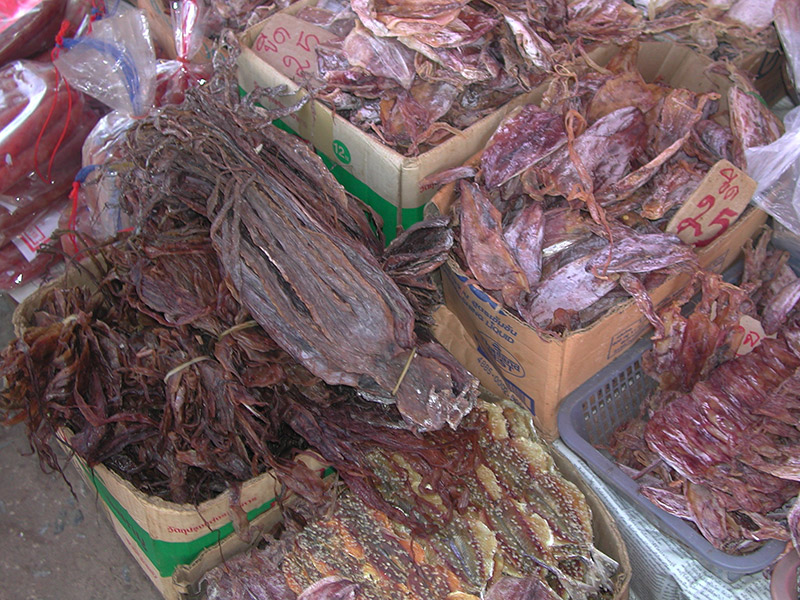
What Japan lacks in Western nuts it must make up in its own varieties, right? At the very least Japan's nuts could substitute for what I yearned for… Or so I thought.
Research suggests that Japan has four native species of nuts. Savory Japan mentions the ginnan or gingko nut. I hear it makes an excellent soup. The Encyclopedia of Fruit & Nuts refers to the Japanese hazelnut. Finally, Fruit Breeding, Nuts discusses Japanese walnuts and kuri chestnuts. Of the four, chestnuts are most common. They are sold whole or used to make Japanese pastries. In the winter they can even be found on mountain roads or trails – if you get there before anyone else.
Aside from these native species it appears that Japan has little domestic nut production. Even the chestnuts I found on store shelves were imports. Chiba prefecture grows rakkasei 落花生, but I've never seen them in stores. Like the other nuts on store shelves, almost all peanuts are imported.
Of course there are domestic snack alternatives; like edamame, dried soy beans, fish jerky and dried seaweed. I love dried soy beans, chestnuts and seaweed – note I didn't mention the fish jerky. Still, I had an itch only those familiar nuts could scratch.
A Nutty Heritage

Is there a country as nutty as America? The sheer variety of nuts available in many American grocery stores is overwhelming. Nuts come salted, lightly salted, sea salted, unsalted, dry roasted, honey roasted, fried, raw, organic, fair-trade and unfair-trade. Japan's four native species pale in comparison to the almonds, chestnuts, hazelnuts, hickory nuts, macadamia, pecan, pistachio, walnuts, beechnuts and peanuts produced in the US.
But unlike Japan, the US has a rich cultural heritage of nut consumption. Many species date back to the pre-colonial era, meaning America's nut consumption predates the formation of the country itself. Forget the apple pie, nuts are America's true iconic snack food.
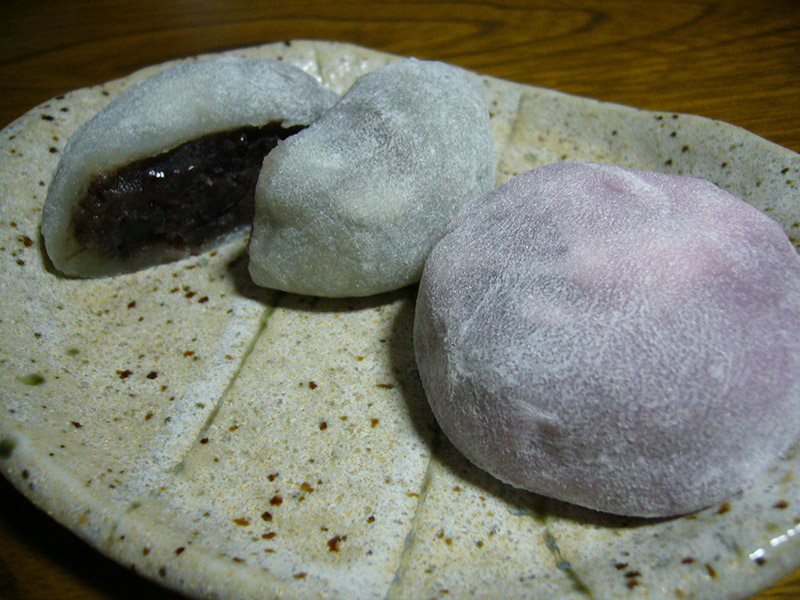
A lack of native species means Japan didn't develop a nut culture. Instead, Japan developed its own traditions. Onigiri rice balls and mochi rice cakes are a result of Japan's rice culture.

Similarly, sushi and seaweed dishes show Japan's historical dependence on the sea. Soy sauce, miso, natto and dried soy beans are proof of Japan's long history of soy bean use.
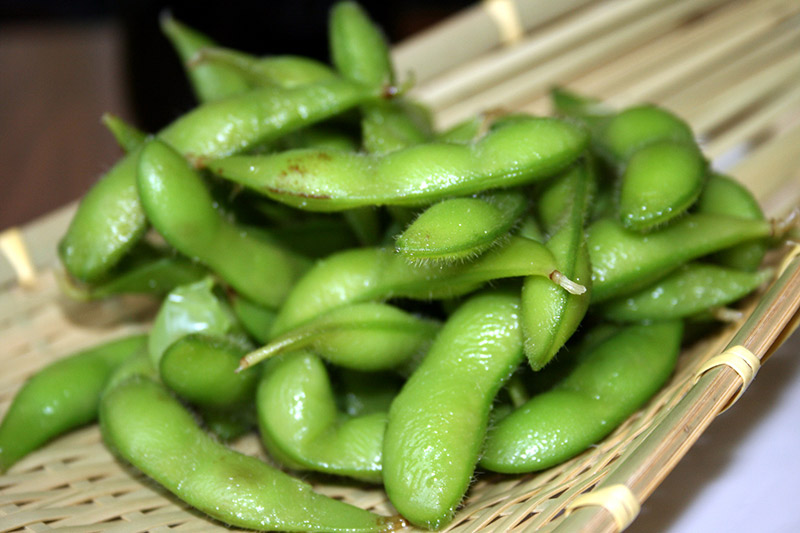
Whether it's for lack of growing conditions or lack of necessity, Japan simply doesn't grow nuts. As a result Japan lacks the variety and availability of other places – hence my quest.
The Quest For Nuts
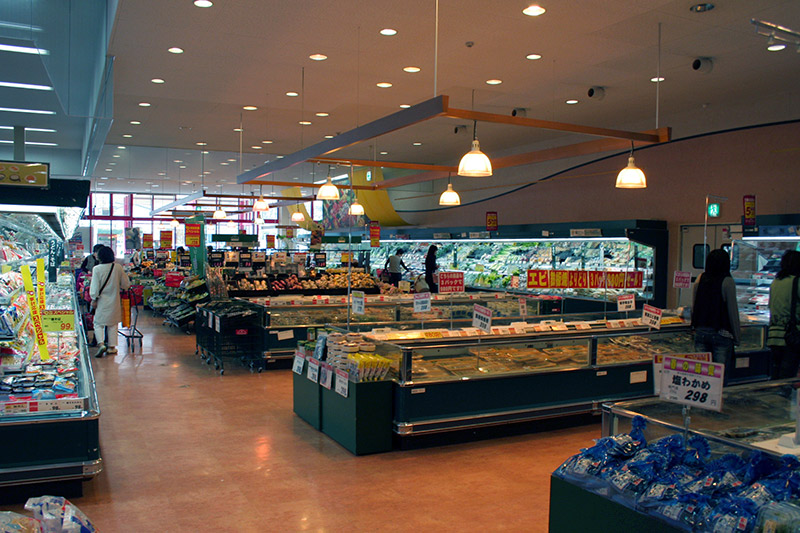
Although the selection is limited, the first place to check is the supermarket. Nuts can be found near the beer and alcohol – usually alongside the fish jerky. After all, nuts are still considered a bar snack in Japan. I once offered a coworker cashews but he declined, "I can't eat those without a beer!" Snack bars often stock complimentary bowls of nuts. This explains why unsalted nuts are a rarity.
Unsalted nut rarity used to be the case in the US as well. Elaine Watson of foodnavigator-usa states, "If you asked most people where nuts belonged on a food pyramid 20 years ago, they would probably say in the candy section. Today nuts are widely regarded as nutritional dynamite, which could explain why 60% of nut-related snack launches in the US were on a 'health' platform of some kind in 2013." Healthy offerings have inflated the nut market in the west while changing perceptions of the snack.
Back to the Japanese grocery store. If the beer section doesn't have what you're looking for, head to the fruit section. Finally, check the baking goods aisle- but be warned, servings are small and expensive. Nevertheless I found raw unsalted almonds here.
Next my quest took me to my favorite phenomenon in Japan – hyakkin or 100-yen shops. Aside from the household items and stationary, 100-yen shops have loads of snacks. In fact, some hyakkin had more varieties of nuts than the actual supermarkets. They often provide more value too, with equal or bigger bags priced at 100-yen. My local hyakkin carried unsalted American walnuts and lightly salted pistachios.
Don't bother with convenience stores. They're pricier than supermarkets and have less selection. Only count on them in do or die situations – which, considering it's just nuts, I hope you'll never be in.
The Final Frontiers

For a time supermarkets and 100-yen shops satisfied my needs. Maybe the extra sodium was to blame, but I started feeling squirrely again. Could I find affordable raw almonds? Or packages beyond a single serving size? The quest continued.
On a friend's recommendation I headed to a specialty baking goods shop. Many Japanese breads, cakes, and cookies contain nuts, so it seemed like a good idea. I hit the jackpot. They stocked wholesale bags of raw almonds and plain walnuts. So if you live in Japan and have a hankering for nuts try the local baking goods shop. You might get lucky too.
But if all else fails, nuts are just a click away. Many of you have been screaming, "Hey nutcase! You forgot about the Internet!" And you're right. Sites like Amazon.jp and Rakuten sell all sorts of nuts. At the time, I didn't have a Japanese credit card and didn't understand the other payment options. With no way to pay, I deleted the Internet from the list of applicable solutions to any problem. On the plus side, buying from the family owned baking goods shop offers more satisfaction. And there's the added bonus of practicing Japanese and exchanging cooking tips with the owners.
Where to Find Nuts in Japan
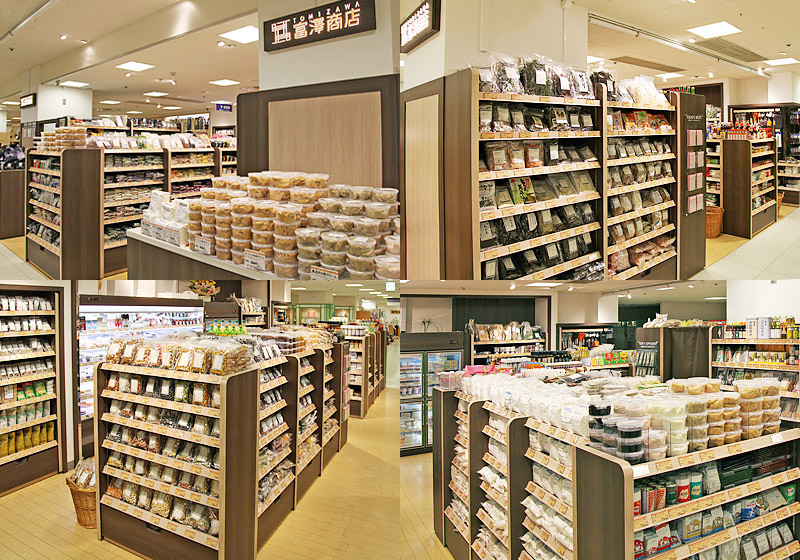
After that last section, you may be wondering exactly what brick and mortar baking goods shops are available to you. This isn't a list of every place (I'm sure there are mom and pop shops out there that don't have websites). But this is a good start. If you're looking for baking goods stores in Japan that carry wholesale nuts, this list should have something semi-near you.
JHC
JHC is a massive supplier of baked goods in Japan. Thankfully, the list all the stores that carry their products. Even more thankfully, stores that carry their products tend to be baking goods specialty stores. And they're all listed right in that handy little link.
Go to: JHC Dealer Locations
Tomizawa
With fifty shops in all over Japan (except Hokkaido), there's bound to a Tomizawa close enough to be worth the train ride. And Tomizawa most definitely sells nuts.
Go to: Tomizawa Store Locations
Journey's End
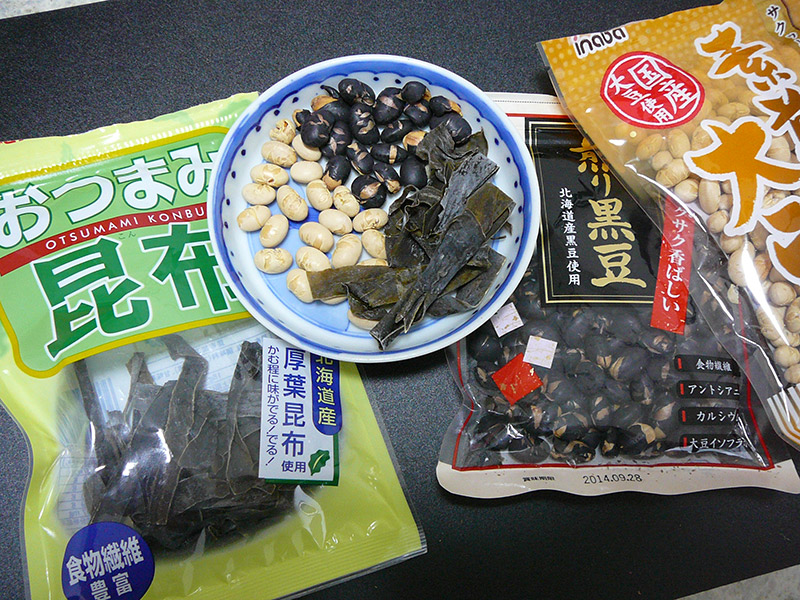
What did I learn from my quest? First that the old proverb, "He that would eat the kernel must crack the nut" is true. If you want something, you have to work for it. And sometimes, the act of cracking the nuts ends up more valuable than the kernel itself.
My quest for nuts led to new discoveries. Through my journeys, I got to know the neighborhood. By learning about Japan's native nuts, I discovered and tried new foods. Think of what I would have missed out on if I had ordered from the Internet!
Thanks to my quest I became versed in Internet shopping and can now purchase anything that's not available in local stores. Well, almost anything – I still miss New York pizza. Even in this global age, there are some things you just have to live without.
In retrospect I chalk the entire situation up to culture shock. If I was a Japanese person living in the US, I might write an article about my quest for authentic sushi, mochi or natto. And thanks to my experience, I'm already considering the Japanese things I'll miss when I return to the US. From new comfort foods like natto and udon, to the more important things like my heated toilet seat and health care plan.
